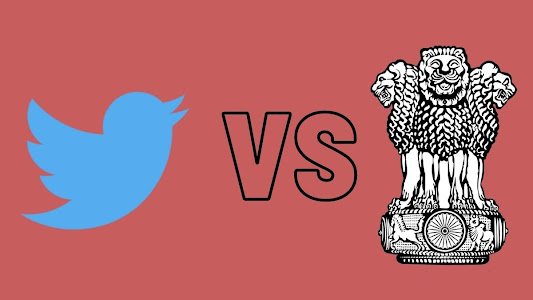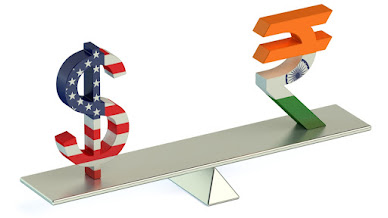Twitter V/S Indian government

The social media company Twitter conflicts with government officials in the Indian government. The latest dispute has seen Twitter contacting an appeals court in Karnataka High Court on Tuesday, seeking legal recourse to the recurrent orders from the Minister of electronics and information technology (MeitY) to remove tweets.
Twitter claimed that some of the takedowns could be considered to be an abuse of authority. At the same time, the government said that all social media platforms are under the "unambiguous obligation to adhere to the laws and rules of our country."
The month before, Twitter blocked access to more than 80 websites and several of its accounts, in line with the Centre's demands in 2021. But, the court's petition indicates this social network company would like to draw the line.
The data released by the Twitter Transparency Centre shows that the volume of requests to remove content, including actions to block or deactivate accounts, tweets, or both, made from Twitter within India has recently increased. In the six months that ended 31 December 2019, Twitter received requests for the removal of 782, and the number grew to 4,903 between January and June 2021. This is the most up-to-date information available. This includes the court's orders, requests by executive authorities, and legal demands made by legal counsel representing an individual.
However, Twitter's compliance with requests for removal in India is only 11.8 per cent, down from 36.3 per cent between July and December 2019. It was among the lowest percentages among countries that have a large number of removal requests. The global share of compliance was at 54.1 per cent.
Nine of the 4,903 applications in the six months from June 2016 to June 2021 were made to Indian courts, suggesting that the executive or lawyers directed the remainder.
The government's demands on Twitter to share account-related data have also increased during this time. The number of requests went from 789 to 2,175, and the percentage of compliance requests like this has been lower, at 4.6 per cent since 2018. This is only the number of requests from the government and other government agencies.
This low level of compliance might be why the Centre is seeking to tighten its grip on Twitter, as it also wants to reduce government intervention in content regulation. A Mint study previously revealed that Twitter was lagging behind Google in comparison to Google and Facebook in responding to the government's directives.
Last month, the government added a provision to Information Technology (Intermediary Guidelines and Digital Media Ethics) Rules 2021, which allows it to take over content regulation rules on social media websites like Twitter.
The government wants to be the sole decision-maker on speech regulation and will not let an individual entity make the decision. The ruling of the high court will determine who is responsible for the moderation of content as well as the approach of the country to online speech.



Comments
Post a Comment